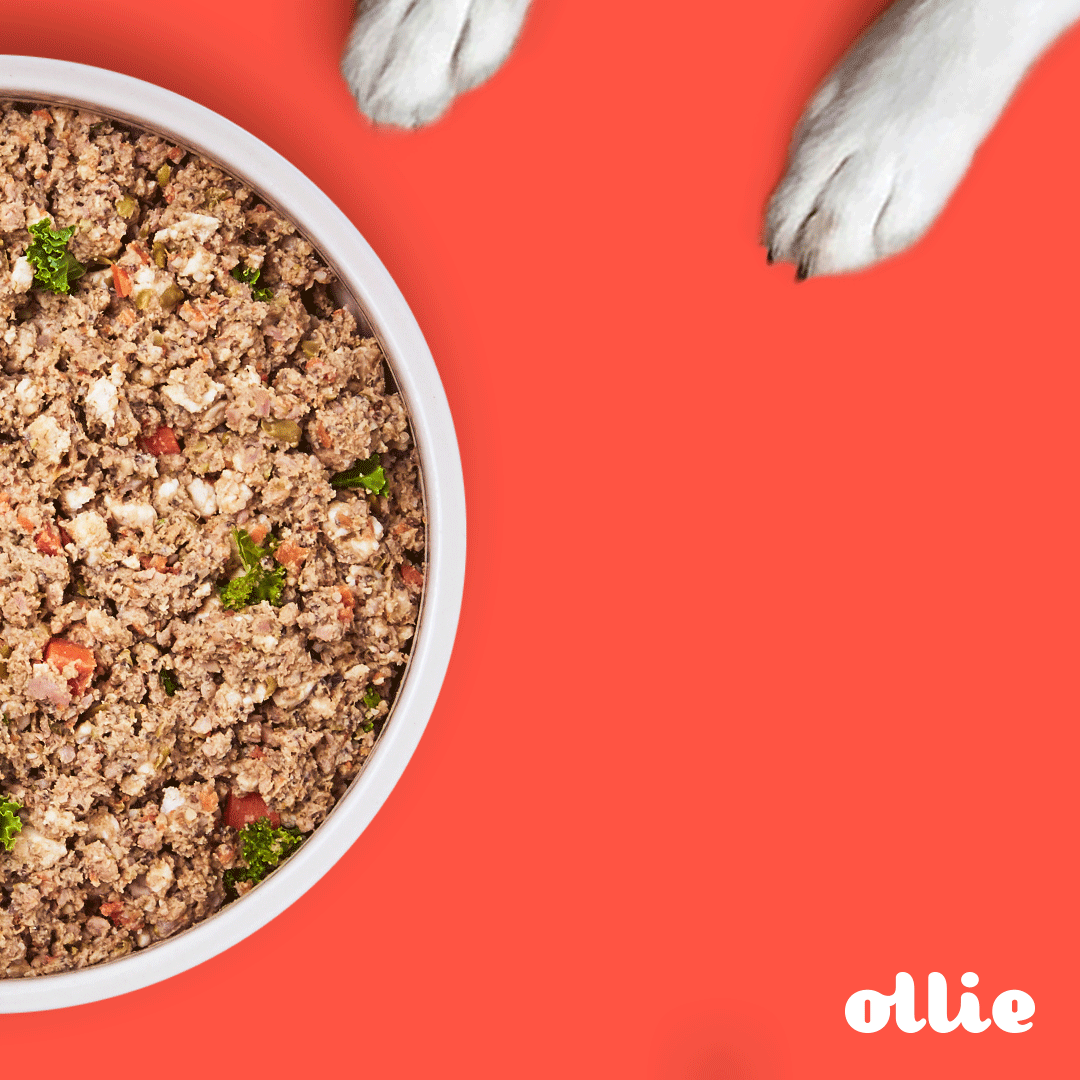Isopods, also known as pillbugs or woodlice, are common insects with over 1000 known species globally.
Lately, they have been successful in making the breeding culture worldwide for various obvious reasons.
However, there are mainly two reasons why people are raising and breeding this insect in their home lawns and backyards.
Find out about these reasons in the text below.
Can isopods cross breed?
While this is a great idea to think about, isopods can’t, unfortunately, crossbreed. To date, there is no credible evidence yet that proves that it’s possible to crossbreed these little crustaceans.
The truth behind isopod cross breeding
Ever since the inception of the culture of breeding isopods and raising them in your habitats, we have started coming across a much-asked question: Can isopods crossbreed?
A one-word answer to this question is a straight NO. No, the isopods can’t crossbreed.
This claim is established that we don’t have any reports of isopods crossbreeding, and no credible research journal or individual researchers have made this claim.
There are currently 1000 known species of isopods like dwarf white, striped, and orange isopods, and none of them is reported to mate and create hybrids lately.
So, if we ever come across a claim of crossbreeding isopods, this will be new for many of us and open new doors to scientific research in this area.
For now, if you are planning to breed different species of isopods at the same time, you can easily find them in the forests.
Try searching out for them under the logs and big rocks, which makes an ideal habitat for them. Isopods love mist and dampness, and that is why they can easily be found in damp areas, in jungles nearby.
However, we would never recommend, rather strongly discourage, raising more than one species of isopods in a single tub or tank.
That’s because there is not much data supporting the crossbreeding tendency of them, and we never want any unpleasant experiences for you.
Good luck with your new endeavors of breeding isopods!!
Why breed isopods
Firstly, isopods are bred because they make a delicious treat for your pet animals.
For example, they are widely loved and craved by your pet frogs, and if you haven’t treated them with woodlice yet, you are making them miss the dish of the day, the chef’s choice.
Secondly, isopods are efficient plant waste eaters that consume plant waste, making it equally beneficial for you and them.
So, if you have a vivarium at your place that you have constructed to raise your pets, you should keep isopods to help you clean that a little more organically.
Also, there are a lot of hobbyists that keep isopods as pets.
Isopod habitats
Isopods are usually raised in tubs kept in your vivarium or backyard.
But, to make the vivarium more livable for our isopod friend, it takes two things generally to build a habitat and grow them: clean water and supplies.
The supplies that are required to raise isopods efficiently are dry leaves, sand, and bark.
Another factor that is necessary to raise any pet stays the same for isopods too, and that is continuous care.
With these resources at your end, you can grow and breed isopods, your new best friends.


